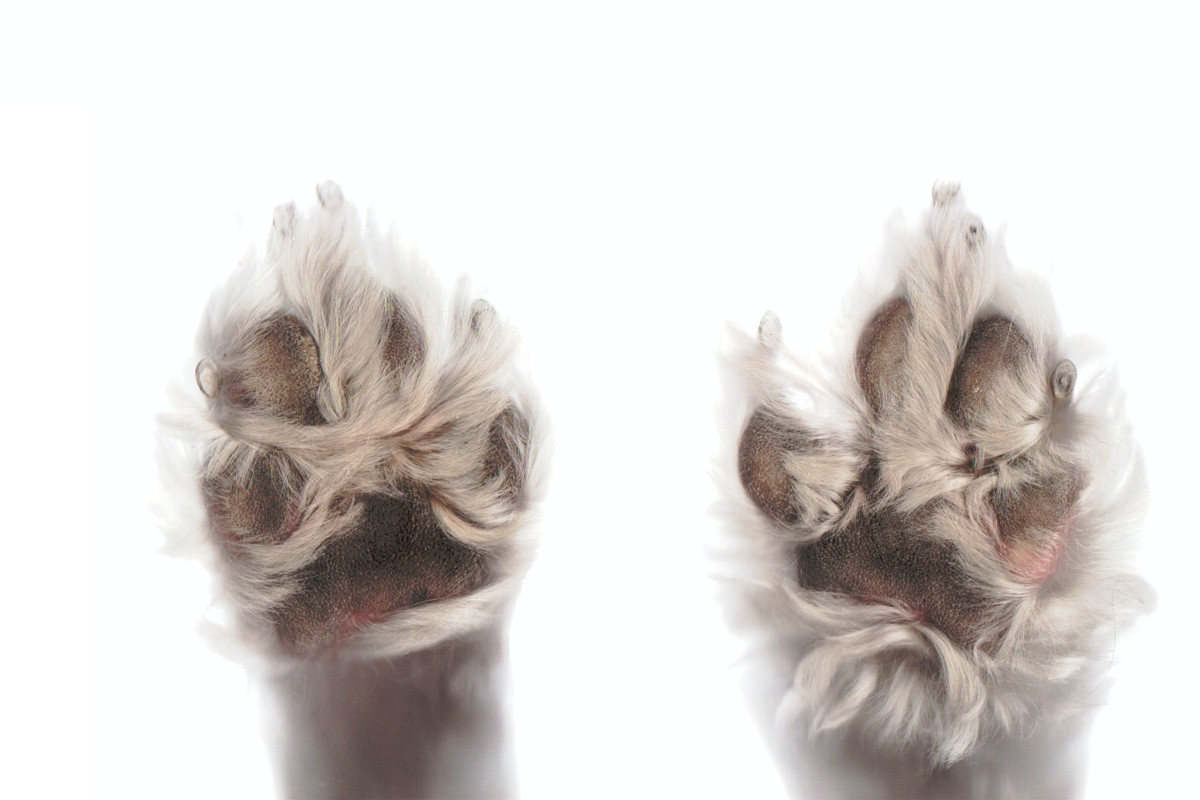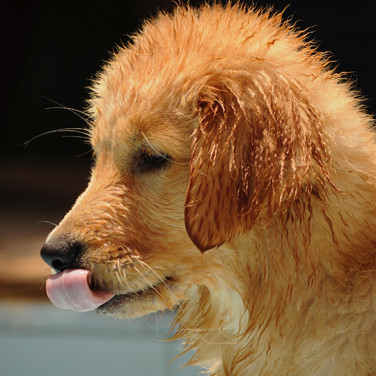ARTICLE
How to Properly Trim Your Cat's Nails
페이지 정보
본문
Healthy paws and nails are essential to a cat's lifestyle and play. Cats are naturally curious and will often find themselves in new environments. Therefore, regularly checking their feet for any wounds and debris that may get trapped between their claws is essential in cat parenthood.
Products you will need to train and trim your cat’s nails
- A nail trimmer that is cat-appropriate and you find the most comfortable using.
- A styptic powder or corn starch can be used when an accident occurs while trimming your dog's nails. You may purchase styptic powder at any pet store or use corn starch in a pinch.
- A flashlight is recommended for cats with darker nails. As it gets harder to notice where the quick is in a dog's nail, shining a flashlight behind the nail can help reveal where the blood vein is located.
- Spaghetti noodle is used to simulate the sound of a nail trimmer working. You can use it to train your cat to experience and disregard the sounds when their nails are being trimmed.
- Their favorite treats! Always praise and reward your cat while training them how to behave while getting their nails trimmed. You may also reward them before or after they patiently sit through a successful nail trimming as well!
Below are tips on keeping your pet's feet as healthy as they can be and a step-by-step guide on how to trim your cat's nails.
- If you ever find foreign objects like a splinter or debris, use a tweezer and slow, gentle motions to clear the foreign object from your cat's paw.
- If you see any discharge or foul odor coming from your cat's paw, take them to a vet to check for infection.
- If your cat excessively licks at its paws, limps, or leans on one leg, do not let this symptom go unnoticed. Once you notice, investigate and consult a vet for examination.
- A sign that something irritates your cat will appear as excessive licking towards a specific stimulus. You may notice your cat licking a hair that grew between its claws obsessively for long-haired cats. In this case, carefully snip the hair with a small pair of scissors.
- Ensure that you moisturize your pet's paws with a pet-appropriate product during polar climates. It is best if your pet avoids stepping onto extreme temperatures such as a hot driveway, snowy surfaces, etc.
- If your cat does not cooperate with you, it is best to stop immediately and find a time when your cat is more relaxed or calm.
- Do not attempt to trim all of your pet’s nails in one sitting. Trying this can create a negative experience for your cat; it is best to split the trimming session into 2-3 claws every day.
How to trim your cat's nails
Your cat, like most cats, may vanish at the sight of nail trimmers. It is unnatural for them to sit through such an anxious event, but below, we have provided a step-by-step guide on keeping your cat calm during its next trimming.
-
Choosing a very calm part of the day is essential to begin training and eventually trimming your cat's nails. Find a comfortable place for you and your cat to rest on your lap.
It is best to choose the time of day when your cat is already lethargic, sleepy, or after a meal. Remove any distractions such as an open window, neighbor's kids are home, etc.
-
Begin by massaging one paw at a time and aim for 3 seconds. Do not force it; just go along with it if your cat pulls away. Wait for your cat to relax again and this time, press gently on the same paw pad to reveal a single claw. Release your cat paw and reward them.
You want to do this every day, one claw at a time until you become familiar with every nail. Rewarding them along the way for their patient behavior.
- The next step in training your cat is to get them familiar with the sound of the trimmers. Display the trimmers before your cat and let them sniff around and inspect them. Next, place a treat on top of the trimmers for them to enjoy.
-
This is where a raw spaghetti noodle comes into play. Place a raw noodle into the trimmer before placing your cat into the same position you massaged their paws from earlier.
Repeat the process, massaging their paw, revealing their claw, but this time snap the noodle in the trimmer. Release your hold on your cat's paw and reward your cat immediately. You may simulate the sounds of the trimmers working once or twice a day until you feel your cat is entirely comfortable with the process.
-
Now it is time to see where all this training has led to! Place your cat on your lap like usual and begin massaging and pressing on their paw pad to reveal a claw. You may have noticed, but there is a dark center to each of your cat's nails. This is a blood vein, and you should be wary of it not to cut it.
With your trimmer, carefully trim only the tip of the cat before it meets the vein. The moment you successfully clip some nails, immediately reward your cat with a treat.
-
If your cat's first trimming goes unnoticed, it is safe to clip another toe, but we recommend you stop at 2-3 until your cat is more comfortable with this new routine.
Continue to trim 2-3 nails at a time or more if your cat is unbothered by the trimmings. Reward your pet throughout this process until you have finished cutting all of their nails
- If you accidentally trim the darker center of your cat's nail, bleeding may occur. You can use styptic powder or corn starch with gentle pressure on the cut surface to stop the bleeding immediately. Stop for the day and continue trimming a few days later.
You have done it! You have learned the basics of training your cat to behave during a nail trimming session. Take your time with this process initially, as it is important not to create an aversion to this new routine. The moment your cat begins to dislike any step of the process, it will become harder to manage their nail trimmings in the future. In which case, you will have to enlist your vet or a professional groomer to maintain your pet's nail health.
Q. How often should I trim my cat’s nails?
It is recommended to trim your cat’s nails every 10 - 14 days, depending on your cat’s lifestyle. If the training is unsuccessful or your pet simply does not enjoy this routine, you may need to schedule a bi-weekly appointment with a professional groomer.
You may run into several problems when caring for your pet’s nails, but these extra steps of care are vital to your cat’s quality of life. You should never declaw your cat under any circumstances. This is an essential part of your cat’s livelihood, and instead, you should consult with your vet for an alternate solution.













